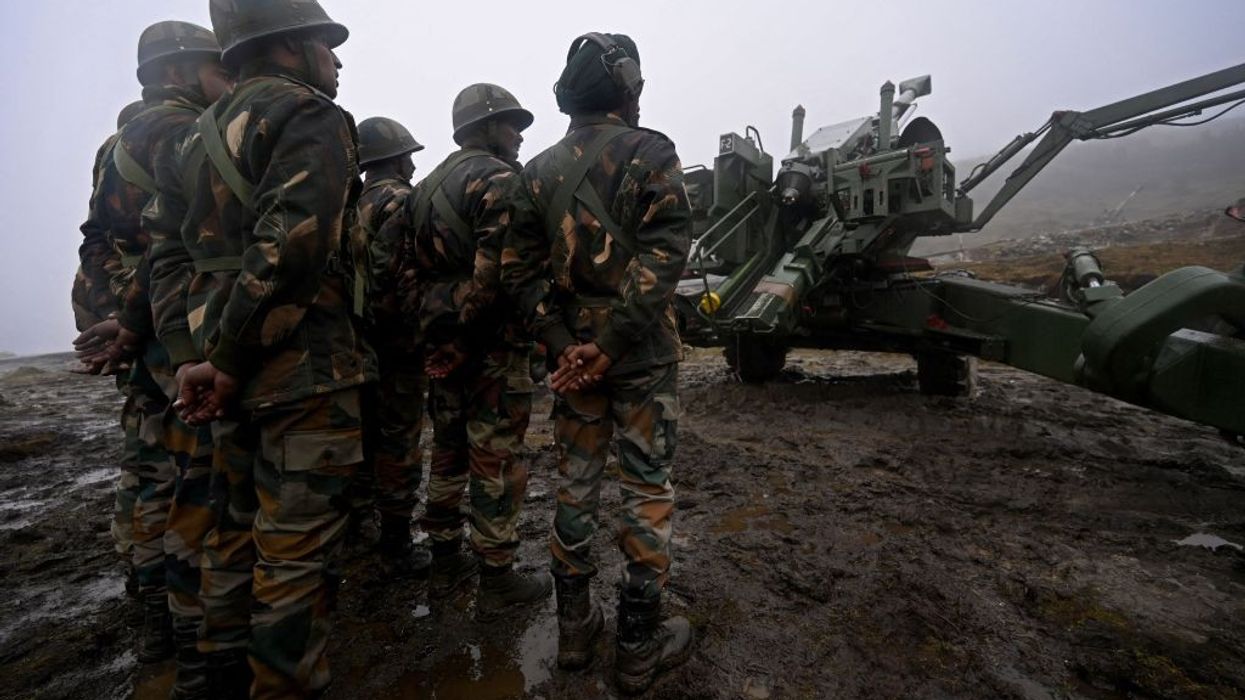AN Indian teenager detained for more than a week by Chinese troops along the nations' disputed Himalayan frontier was tortured while in captivity, his family said.
Miram Teron was on a hunting trip in northeastern Arunachal Pradesh state when he was taken into custody by soldiers from the People's Liberation Army (PLA).
The 17-year-old was repatriated nine days later but his father told AFP that he had been kicked and given "electric shocks" while detained.
"Miram's hand still has the marks left by the handcuffs. He is weak and in a state of shock," Apang Teron said.
The teen had been forced to walk while blindfolded and with hands tied behind his back to a PLA camp where he was abused, his father added.
Foreign affairs ministry spokesman Arindam Bagchi told a press briefing Thursday (3) that India had raised Miram's detention claims with China.
India's army has not commented on the torture claims but confirmed on January 27 the teen had been handed over.
Miram "is in high spirits and is elated to be back to his country", last week's statement said.
It also thanked the PLA for the "return of the Indian teenager, furthering maintenance of peace and tranquillity".
Apang said his son had "lost all hopes of returning home" after his capture.
India and China have long disputed the vast frontier running between the world's two most populous nations and fought a brief border war in Arunachal Pradesh in 1962.
Beijing claims much of the territory in the state, which it refers to as South Tibet.
Tensions flared in 2020 after a lethal high-altitude skirmish in the far-northern region of Ladakh, which saw hand-to-hand combat between troops in the contested Galwan Valley.
The brawl killed at least 20 Indian and four Chinese soldiers.
A senior officer wounded at the Galwan Valley clash was included in this week's Beijing Winter Olympics torch relay, prompting dismay on Indian social media.
(AFP)













